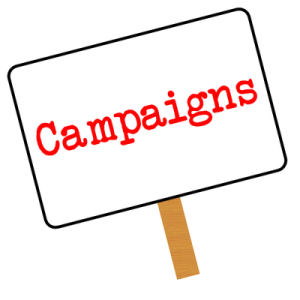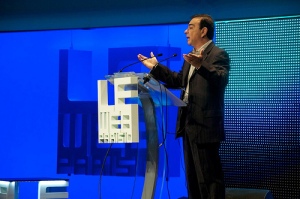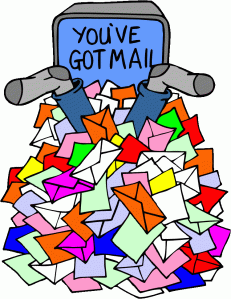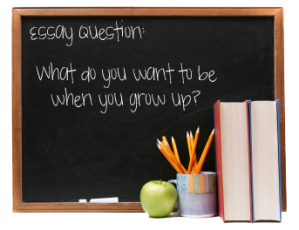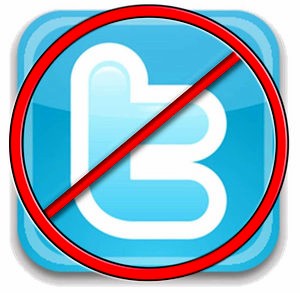
Image via http://www.fyrepel.com
The last chapter of the book discusses ways to and reasons for measuring success of campaign objectives and goals.
Measuring success is important because it allows public relations professionals to understand what did work and what did not work based on the tactics that they used. At the end of a campaign or program, an evaluation must take place. The evaluation directly relates back to the objectives of the main project in order to make sure that all of the goals were met.
There are many ways to measure the impact of a campaign or program. For example, when measuring an audiences change in attitude toward a particular issue or topic, doing a survey before and after the program or campaign is completed, will allow any changes in opinion or attitude to be observed.
Measuring success is also a way to take a look at what has been done to help the organization accomplish what they were desiring. It displays professionalism and may in fact help with future ventures.

